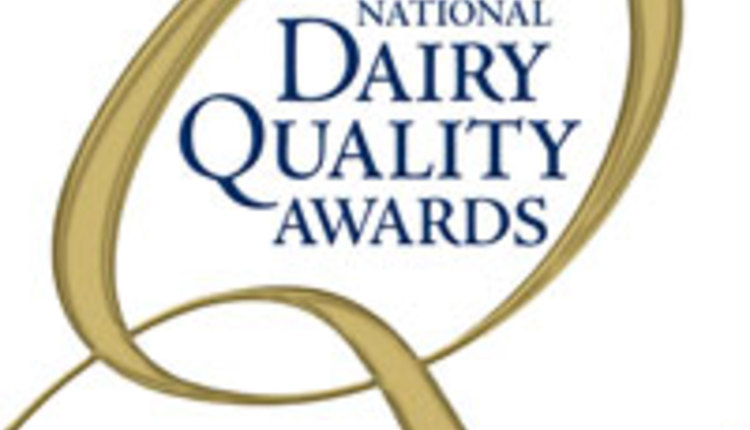
It’s a new year, which probably means you have some new resolutions you’re hoping to stick to. Like most people, health and wellness are at the top of my list for 2023 – and that includes keeping up with my love of all things dairy.
Far too often I hear of influencers and social media users telling their followers that they’ve cut dairy products out of their diet for various reasons. When it comes to wanting to improve overall health, dairy seems to be one of the first food groups that some suggest should be eliminated. Does it have to be this way, though? I don’t think so, and I have some ideas for how we can encourage consumers to keep milk in their glasses, cheese on their forks, and ice cream in their spoons.
To start, registered dietitian and TikTok influencer Steph Grasso, MS, actually recommends adding to your plate instead of restricting certain foods or food groups. According to Grasso, restricting food groups – like dairy – can lead to lower energy, mood irritation, and trouble concentrating. On the flip side, enjoying a balance of food groups can promote more energy, better focus, and feeling better overall! Her post would be great to share with your health-conscious friends.
In addition to playing a role in a balanced diet for optimal health, dairy also stands up on its own as a delicious and nutritious food choice. One glass of milk alone provides 13 essential nutrients that can be difficult to replace in a dairy-free diet. For Americans two years of age and older, milk is the number one food source of calcium, vitamin D, and potassium – three of the four under-consumed nutrients of public health concern identified in the 2020-2025 Dietary Guidelines for Americans.
Dairy also plays a critical role in food and nutrition security. The U.S. dairy community supplies the protein requirements of 169 million people, calcium requirements of 254 million people, and energy requirements of 71.2 million people! Thanks to its accessibility and affordability, dairy foods help to fill and address nutrients gaps, health disparities, and well-being.
Last – but not least – when eaten as part of a healthy diet, dairy foods can be linked to reduced risk of cardiovascular disease and type 2 diabetes, according to the 2020-2025 Dietary Guidelines for Americans. Dairy consumption has also been shown to improve bone health, especially in children and adolescents.
No matter what your resolutions are for the year, it’s safe to say people can continue enjoying their favorite dairy foods while meeting and exceeding their goals! To learn more about meat, dairy, poultry, and eggs’ contribution to a healthy diet, check out the Animal Agriculture Alliance’s Meat Matters Guide and consider sharing with your followers.

Emily Solis is the manager of communications and content at the Animal Agriculture Alliance. In her role, she works to execute the Alliance’s issues management and communications strategy.








